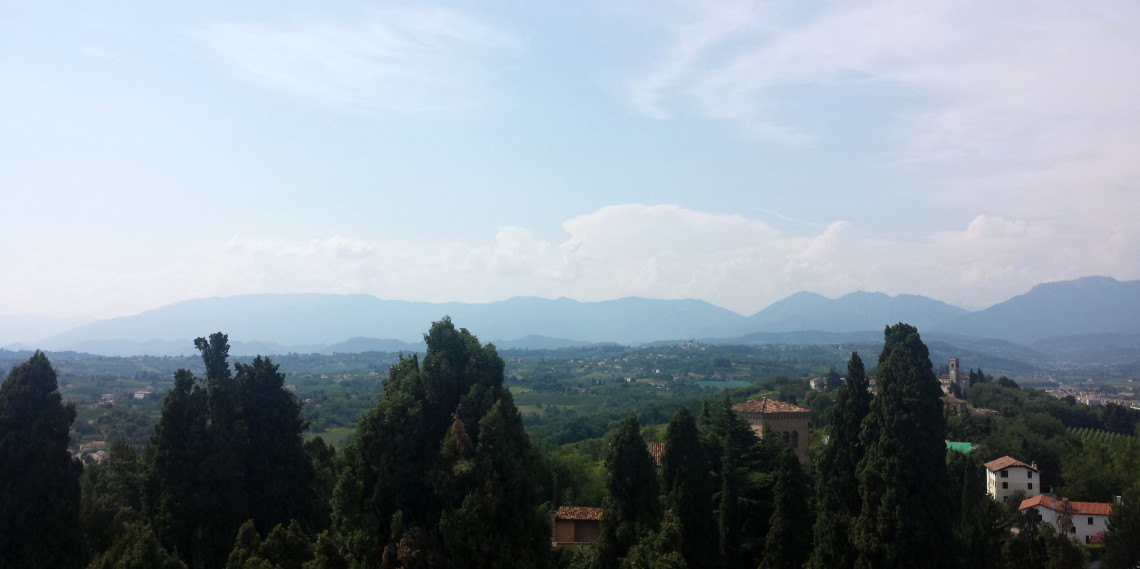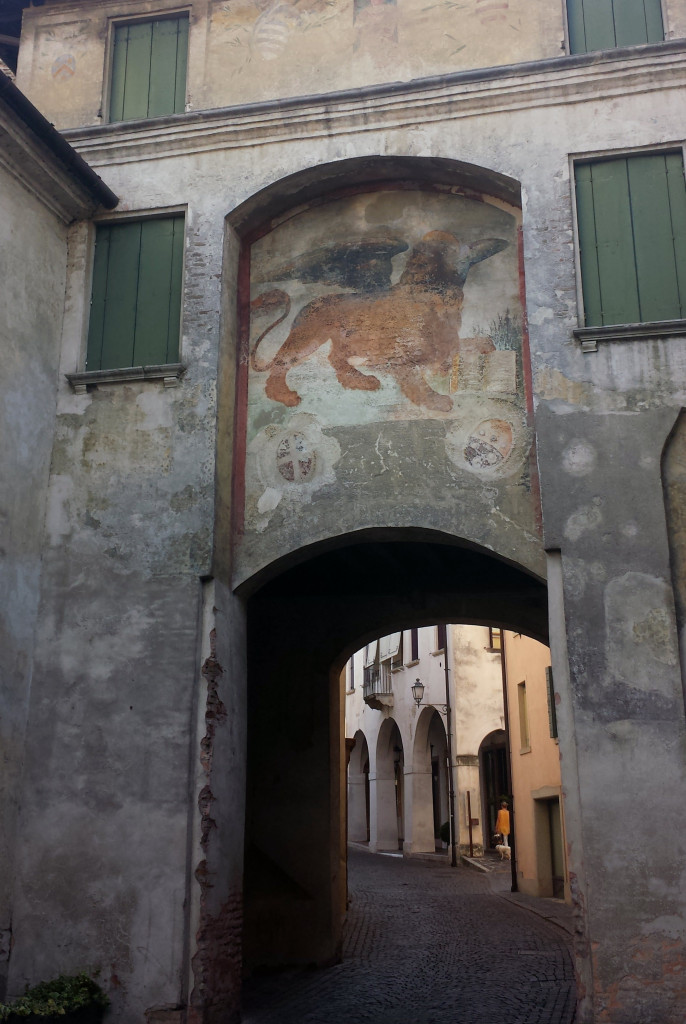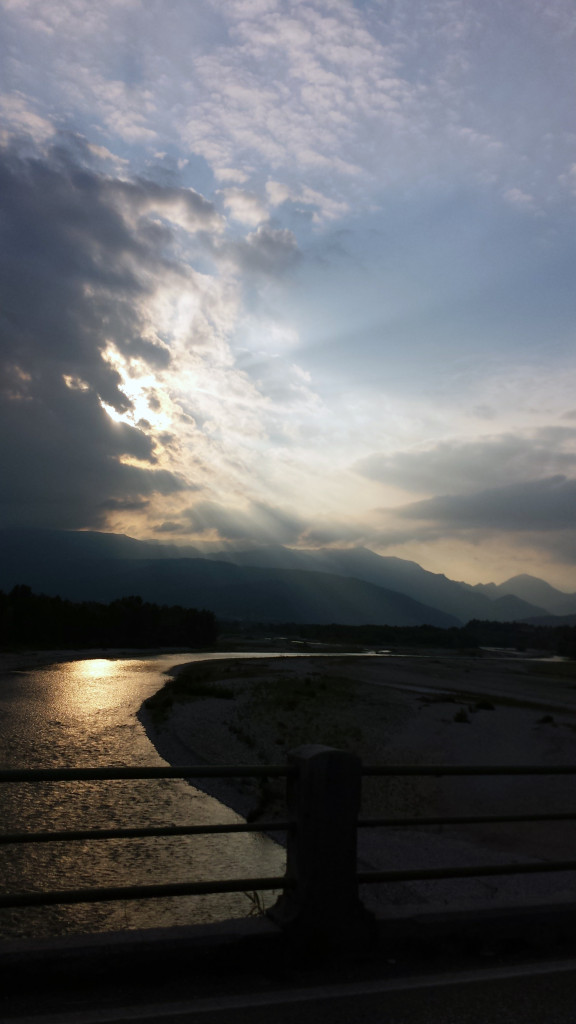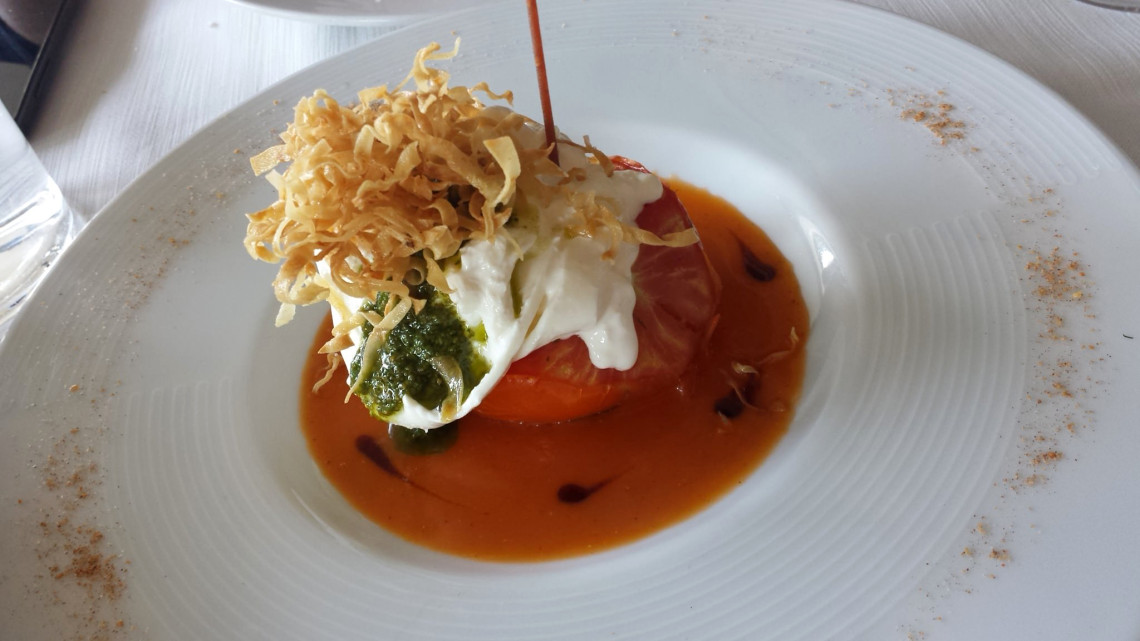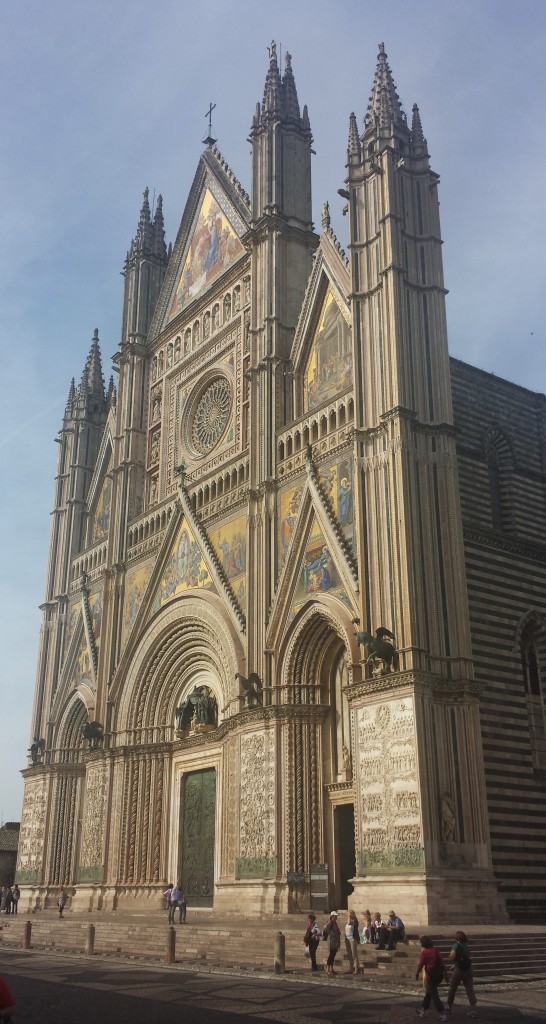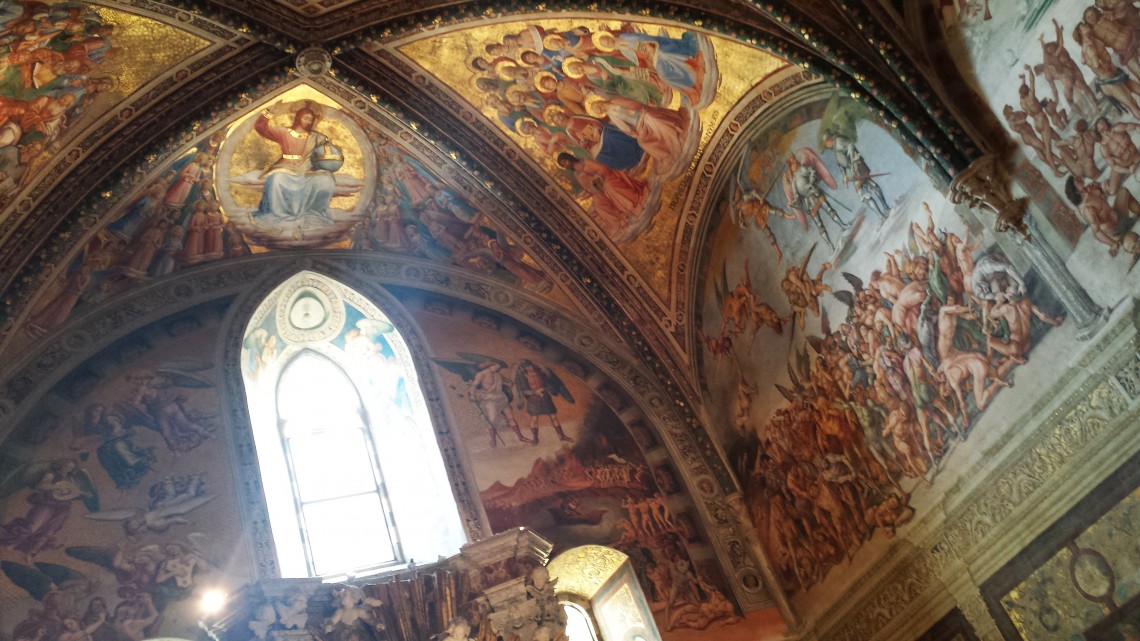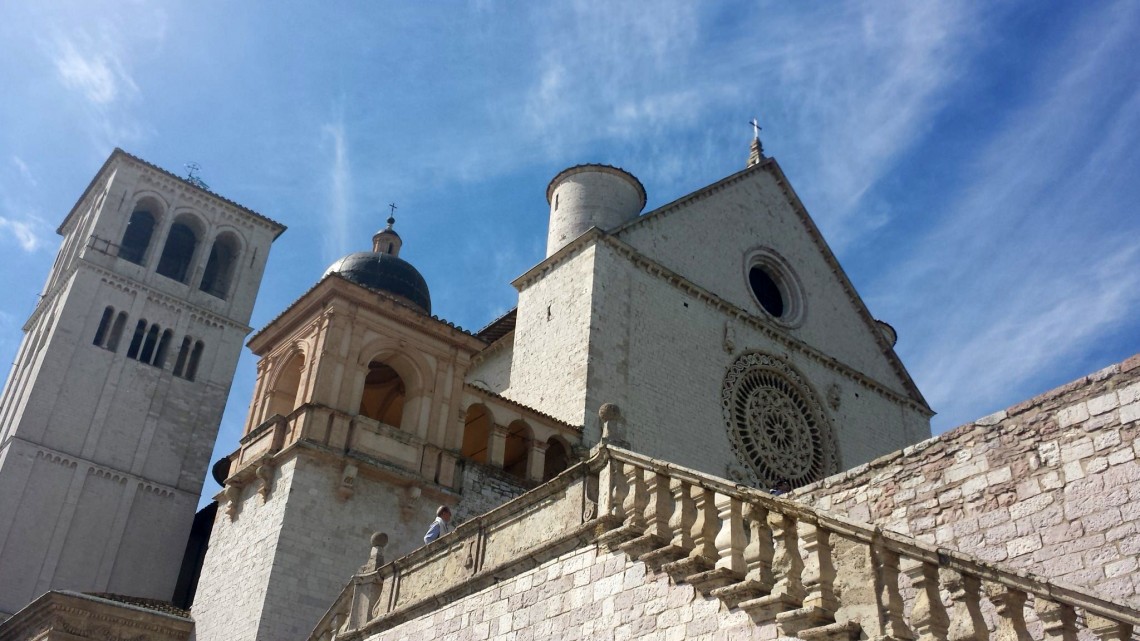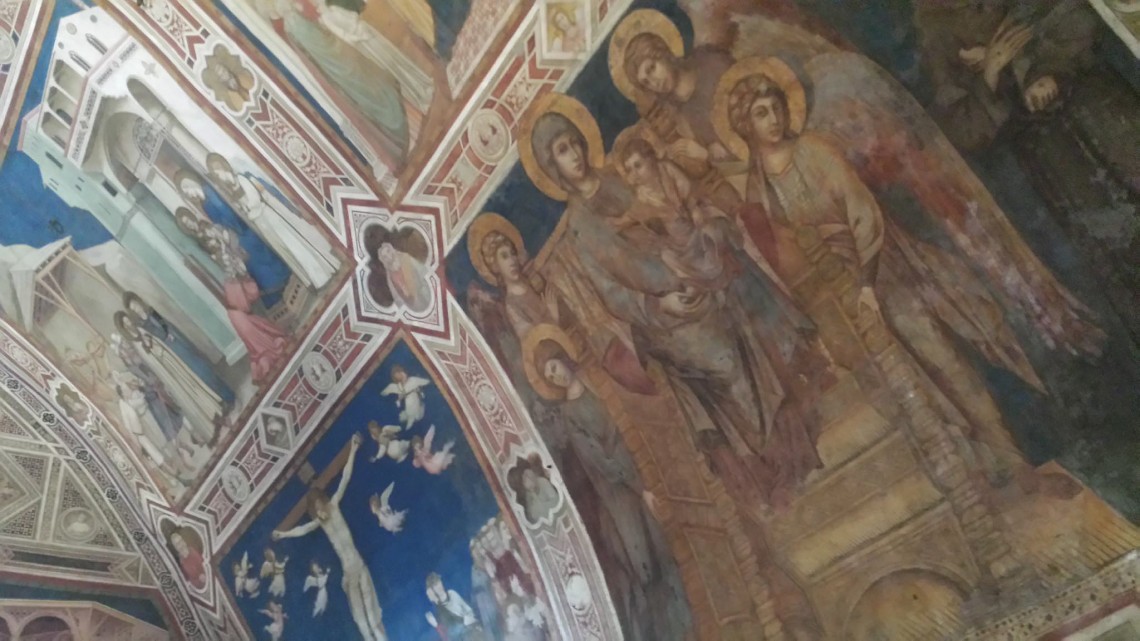Travelers to Italy’s Veneto region often pass through on a mission to Venice, missing out on the beauty and splendor of the area. This makes Conegliano all the more worth a stop. It is unspoiled and quiet with very few tourists. With a compact historic center, a pedestrian-friendly sprawl surrounding, and a convenient train station, Conegliano is an excellent place to plant yourself and take a few days trips, or just absorb Italian life. There are many reasons that this gem is one of my favorite cities in Italy.
Here are my top six reasons to visit Conegliano on your next Italian Vacation.
6. Conegliano Art
A town in the grips of the powerhouse Venice in its prime, Conegliano has a rich history which means lots of investments in the arts and culture. It is the birthplace of painter Giovanni Battista, known as Cima da Conegliano. Renaissance painter of many religious stories, one masterpiece remains in town, Madonna with Child Enthroned with Saints (La Madonna in Trono e Santi), located in the 15th century Duomo di Santa Maria Annunziata e San Leonardo. To the left of the Duomo is the Scuola dei Battuti, home to the Sala dei Battuti and an engulfing space covered in frescoes. The hours to visit are finicky, and usually only open on Sundays, however outside the door is a phone number you can call to make a reservation.
Frescoes have defied time and mother nature here. You can still see portions on the exteriors of many of the buildings throughout the historic center. That’s right, on the exteriors! Up the hill and overlooking the town is a tower which is all that remains of the castle. Now home to a small Civic Museum, it contains a few gem paintings, fresco fragments, and some archaeological finds. The view of the region from up top is outstanding so take the fifteen-minute walk up and stop in the bar at the top for a glass of Prosecco. If the Prosecco doesn’t already reward you, the 360-degree view at the top of the tower will.
5. Veneto Wine Region – Strada del Prosecco and Colli Conegliano Valdobbiadene
The Veneto, my friends, is the land of Prosecco, a beautiful DOCG (highest quality classification) wine which comes in three varieties – tranquillo or still, frizzante or slightly sparkling, and spumante or full of sparkle. Conegliano is home to Italy’s most prestigious school of wine, and a viticultural institute where many grape varieties have been bred and a number of native varieties have been saved. It is also from here that you can start the meandering Strada del Prosecco and Colli Conegliano Valdobbiadene. These two intoxicating (only for the passenger) drives take you right through the heart of the Prosecco growing vineyards. As with most regions in Italy, in general, wineries take guests by appointment so make sure and grab a map from your hotel and ask them to assist you in planning the day. If you find yourself without reservations anywhere don’t fret, the drive is beautiful, and in every cafe and restaurant, you are sure to be offered a lovely glass of the local pour.
4. Conegliano for Festivals and Events
Throughout the year the people of Conegliano are always finding joy in life and a reason to celebrate. Of course, due to the Prosecco, almost monthly you can find an event in the region celebrating this beautiful wine. All the wine festivities culminate the last week of September with the “Autumn Coneglianese” or a grape festival featuring hundreds of wines and the region’s most distinguished vineyards present for tasting. Each June you can bare witness to the “Living Draughts Game,” or a live chess game with people playing the part of the pieces. During the festival, a Renaissance atmosphere is throughout town. There are also tons of small events happening almost weekly such as a Jazz fest throughout the winter, and music, performance, craft, and food festivals throughout the spring, summer, and fall. Whichever season you find yourself in the neighborhood there is sure to be a reason to celebrate life with the locals.
3. Amazing Drives and Day-trips Near Conegliano
As I mentioned above, Conegliano is the starting point for the Strada del Prosecco and Colli Conegliano Valdobbiadene taking you on a lovely drive through some of the world’s most beautiful wine country. Located at the foothills of the great Dolomite Mountains, when you head out from Conegliano you can quickly find yourself on scenic drives that would put anyone in awe. Full of grand vistas, grazing cows, switchbacks by the dozens, and the opportunity to stop in beautiful little mountain side villages for a bite to eat and an afternoon caffè corretto (espresso with a shot of grappa) these rides are well worth some of your time. Within half an hour to an hour drive, you can find yourself in the more tourist-filled towns of the Veneto region such as Verona, the many towns on the east side of Lake Garda, Padua, and of course, Venice.
2. Venice – Close Enough, Yet Far Enough Away from Conegliano
Venice is magical and if you have not stayed over night, you must at least once… preferably during the off-season (November until right before Carnevale except for between Christmas and New Years). After one stay you can leave the over inflated prices to the masses. From that point on day-tripping is the way to go and Conegliano is the last stop of a direct train line into Venice which makes it a painless45-minute train ride and just a few bucks. Recently we took a train around 7:45 am, arrived in Venice by 8:30 am, visited the Gallerie dell’Accademia and Scuola San Rocco nearly by ourselves, and stopped for a cafe and dolce. We dropped by the Guggenheim, and by the time we were finished the crowds became crushing, and we were ready to head out. We grabbed a quick slice of pizza, and we were on our way back before most people even disembarked their cruise ship. The train is so quick and easy you could base yourself in Conegliano for a few days and drop in and out of Venice many times to see the sights without blowing your entire trip’s budget on accommodation and dining. We were back in Conegliano in the late afternoon to enjoy a delicious dinner of authentic food at realistic prices.
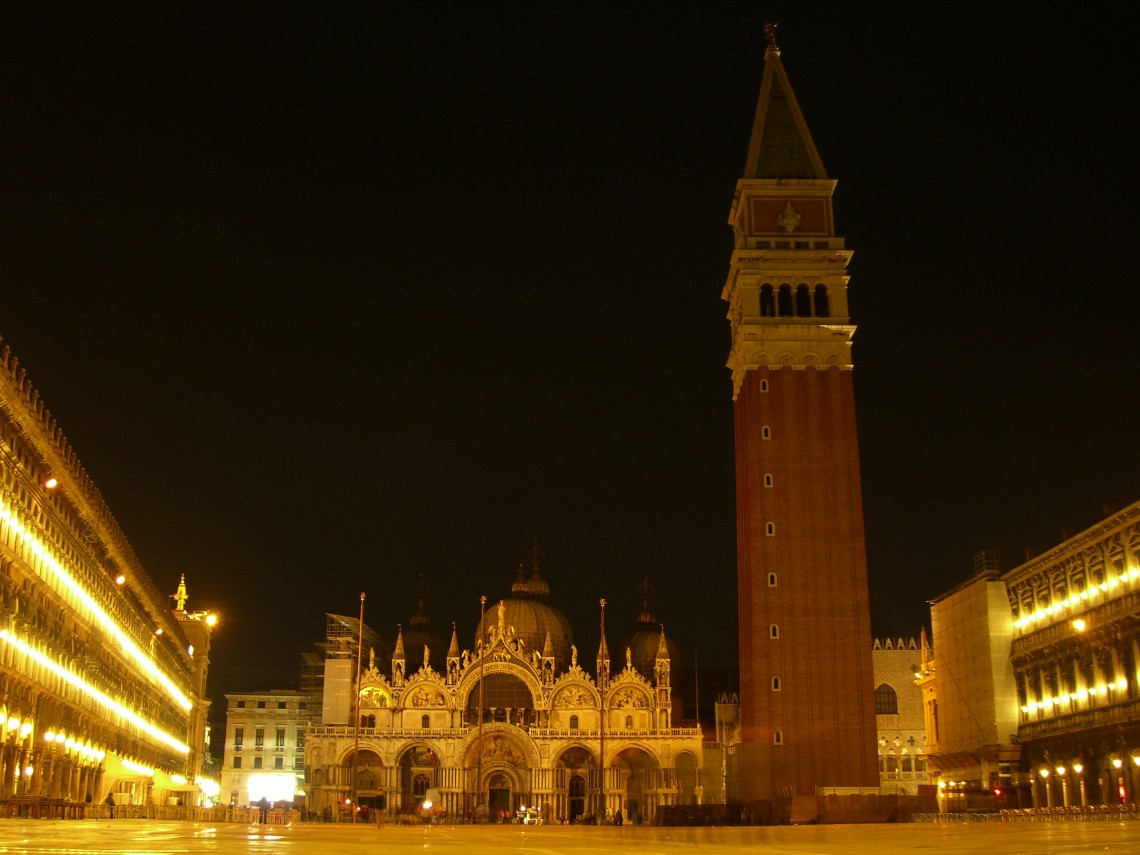
Venice at night is magical once, after that leave the overpriced accommodation and food to the masses.
1. Cuisine
Which brings me to my favorite part of Conegliano – the cuisine. Everywhere we select seems to be fantastic. Wander down the portico covered walkways and peek into any restaurant and your senses come to life. Most of the area spots pride themselves on the use of fresh, local ingredients. We have two particular favorites. Al Salisa is located at Via XX Settembre 2/4 and focuses on typical regional cuisine. To note is the house-made burrata with a firm mozzarella exterior and soft, supple, creamy center, and the tagliatelle alla selvaggina with wonderful homemade pasta and a ragu full of the flavors of all the game meats incorporated.
Our second favorite is Trattoria Citta’ Di Venezia, a lovely seafood restaurant and osteria located at Via XX Settembre 77/79. Fresh ingredients and beautiful presentation along with friendly staff make this a favorite stop for us. The mix vegetable side dish is outstanding in the summer with fresh herbs bringing the flavors to life and always a treat is the mini octopus starter.
Where Do We Stay?
Hotel Cannon d’Oro, a Best Western hotel located in the heart of the old city is our favorite spot to stay. Family owned and operated, all of the staff are just lovely and helpful. There is gated parking onsite with some spots under overhangs making them great for travelers by motorcycle. They are also a “cycle” hotel with amenities that gear specifically to travelers on bicycles such as a bicycle wash, maintenance area, safe bicycle lock space, and a hearty breakfast with meats, cheeses, hard-boiled eggs, pastries, fruits, and cereals. The rooms and beds are super comfortable and clean.

